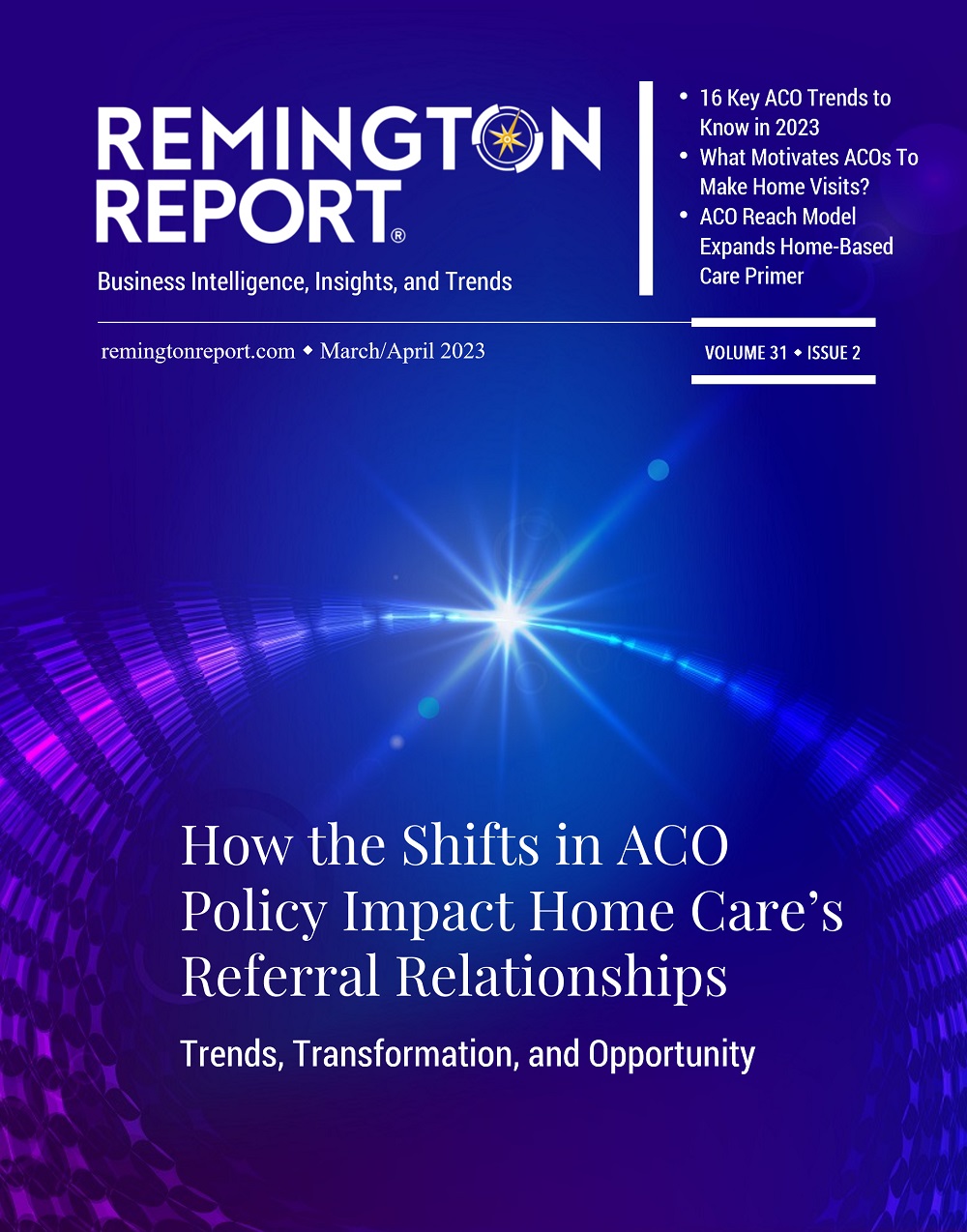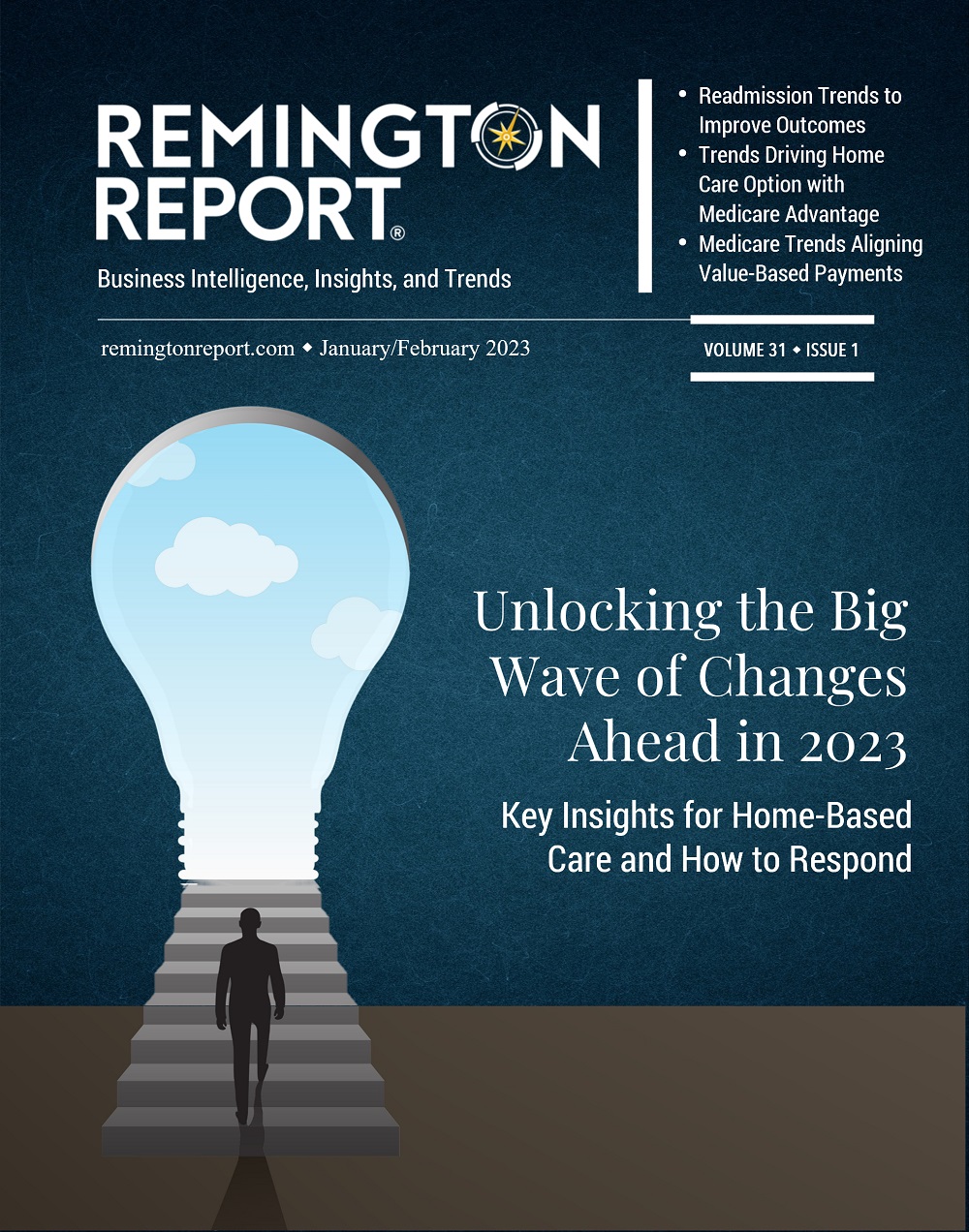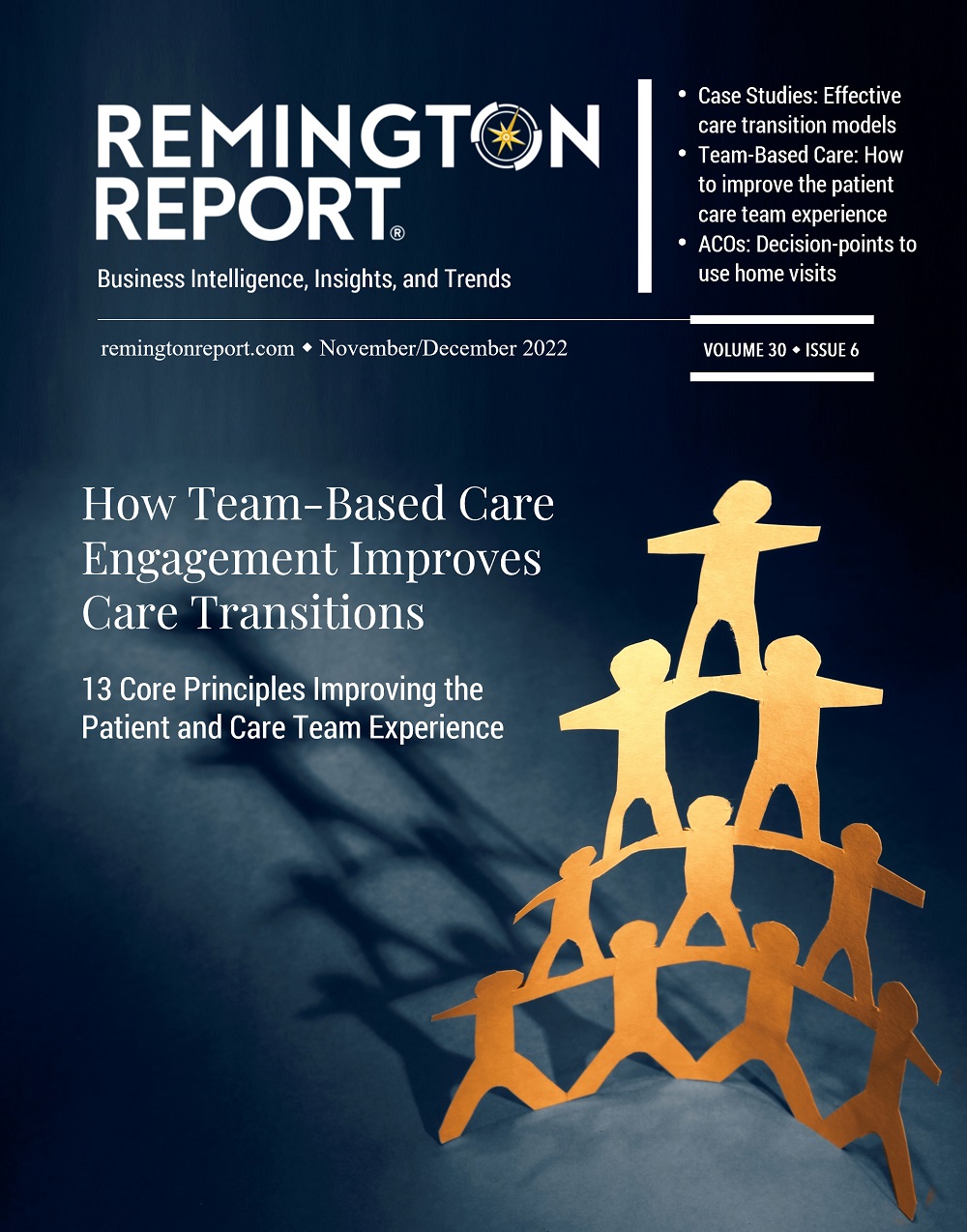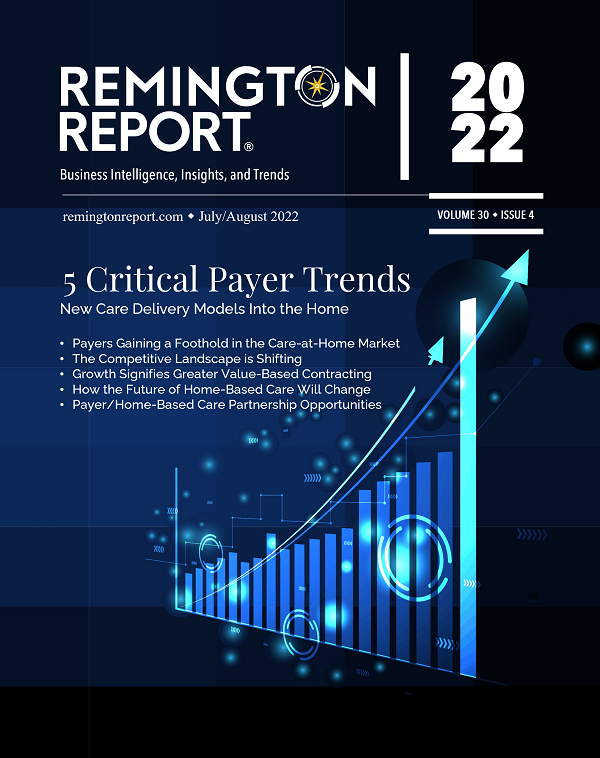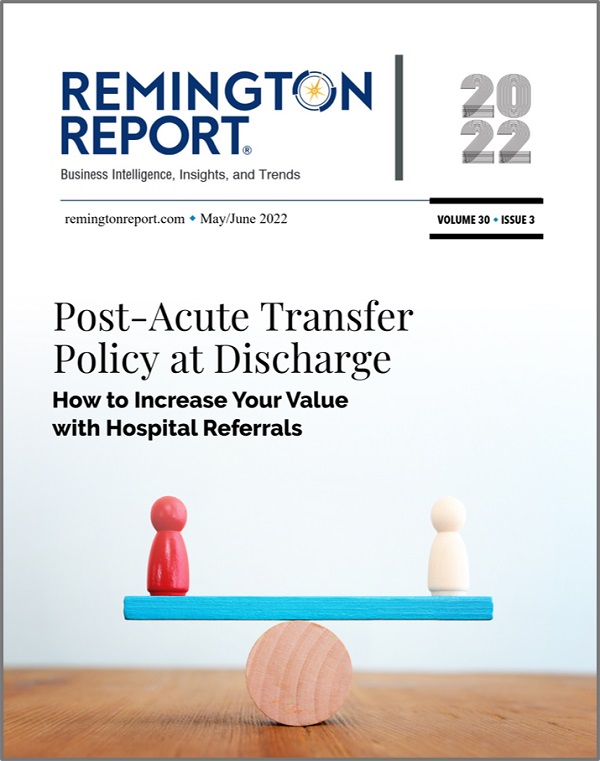“The PPS prototype that the Commission developed accurately predicts resource needs for nearly all patient groups, indicating that it can be used to set fair and accurate payments,” MedPAC adds in a News Release with the June 15 report which addresses issues affecting the Medicare program as well as broader changes in healthcare delivery and the market for healthcare services. “Our work confirms that a PAC [Post-Acute Care] PPS is feasible and within reach,” concludes the Medicare Payment Advisory Commission (MedPAC) in its June 2016 Report to the Congress: Medicare and the Healthcare Delivery System.
“To temper the initial impact of the PAC PPS, policymakers may wish to consider a transition period for implementation of a new payment system for PAC to give providers time to adjust their costs to PAC PPS payments,” the report states.”
The report includes several recommendations for a unified payment system, including:
- Separate models to establish payments for non-therapy ancillary services and account for differences in Medicare coverage across settings
- Adjusted payments for home health agencies, which are typically lower-cost than institutional settings, to avoid overpayments
- A short-stay outlier policy to prevent large overpayments
- A high-cost outlier policy to prevent losses by providers, and retain beneficiary access to care
- Empirical payment adjustments, regardless of setting or length of stay, to account for differences in costs that are beyond providers’ control, such as labor costs
- Basing initial payments on current practices and costs, but revising them over time to reflect “appropriate, high-quality care provided as efficiently as possible”
- Including a “transition period” for implementing the new system to give providers time to adjust
Chapter 3 in this year’s report focuses on the research MedPAC staff has conducted under the Improving Medicare Post-Acute Care Transformation (IMPACT) Act of 2014. The law requires MedPAC to develop a prototype for a unified prospective payment system that spans the four PAC settings – skilled nursing facilities, home health agencies, inpatient rehabilitation facilities, and long-term care hospitals. MedPAC is required to recommend features of a unified PAC PPS and consider the impact of moving to such a payment system.
“To temper the initial impact of the PAC PPS, policymakers may wish to consider a transition period for implementation of a new payment system for PAC to give providers time to adjust their costs to PAC PPS payments,” the report states. “Conversely, given our encouraging results using currently available data, the [HHS] Secretary could consider implementing a unified PAC PPS sooner than is currently legislated, with refinements made over time to incorporate patient assessment data.” An outlier policy would protect beneficiaries with complex and costly care needs who might otherwise have difficulty obtaining services.
MedPAC’s research found that it is feasible to develop a common unit of payment for PAC services, with patient and stay characteristics forming the basis of risk adjustment. “Available administrative data can accurately predict the costs (and establish payments) for most of the patient groups we examined, but patient assessment data collected using a common assessment tool would increase the accuracy for certain types of stays.”
Addressing the impact, MedPAC noted: “We estimate that a PAC PPS would redistribute payments among types of stays (e.g., from physical rehabilitation to medically complex care) and from higher cost settings and providers to lower cost settings and providers. Under a PAC PPS, the profitability would be more uniform across different types of stays or patients; therefore, providers would have less financial incentive to admit certain types of patients over others. At the same time, payment would no longer be based in part on the number of services furnished, so providers would have less financial incentive to provide unnecessary services.”
MedPAC also advises that policymakers will need to consider the level of PAC payments, adding that in 2013 PAC payments were an estimated 19 percent higher than the cost of stays. “Consistent with the Commission’s recommendations over multiple years, payment rates for PAC need to come down. A transition policy should consider when and how large the rebasing should be.” Regarding home health in a PAC PPS, MedPAC recommends “alignment of payments …. Without aligning payments to costs of home health stays, care in this setting would be considerably overpaid.”
Chapter 3 also discusses “setting-specific” regulations that might be waived at the same time the PAC PPS is implemented to “level the playing field” among providers in different settings. Over the longer term, the Department of Health and Human Services (HHS) should consider developing a “core” set of conditions of participation for all PAC providers and a limited set of additional requirements for providers that opt to treat patients who require specialized care, MedPAC recommends. Regulations would focus on requirements to treat specific types of patients rather than on specifications for each setting. HHS should implement a readmission policy to prevent unnecessary hospital readmissions and a value-based purchasing policy to tie payments to outcomes (to protect beneficiaries against stinting) and resource use (to prevent unnecessary service use, including serial PAC stays). MedPAC would continue to evaluate the payment system annually.
Section 2(b)(1) of the IMPACT Act requires MedPAC to develop a PPS spanning the four PAC settings, using the uniform assessment data gathered during CMS’ Post-Acute Care Payment Reform Demonstration (PAC–PRD). This report fulfills the first one required of MedPAC; a report to Congress recommending features of a unified, cross-setting PAC payment system and, to the extent feasible, considering the effects of moving to such a system. The law also requires HHS to collect and analyze common patient assessment information and submit a report to Congress recommending a PAC PPS, expected sometime in 2022. And then, MedPAC is required to submit a second report outlining the details of a prototype design for a PAC PPS, which, according to the statute, will be due in 2023.
In addition to developing a PAC PPS, other report chapters address: Medicare payment for drugs under Part B and Part D, Medicare’s new framework for paying clinicians under the Medicare Access and CHIP Reauthorization Act of 2015 (MACRA), using competitive pricing to set beneficiary premiums in Medicare, and preserving access to emergency care in rural areas. The 347-page report can be accessed here.

Lisa Remington is widely recognized as one of the foremost futurists in the home care industry, focusing on healthcare trends and disruptive innovation. She serves as the president and publisher of the Remington Report magazine and is also the President of Remington’s Think Tank Strategy Institute. Lisa provides strategic advice and education to over 10,000 organizations, assisting them in developing transformative strategies for growth and their future implications. She closely monitors complex trends and forces of change to develop effective strategic approaches.



